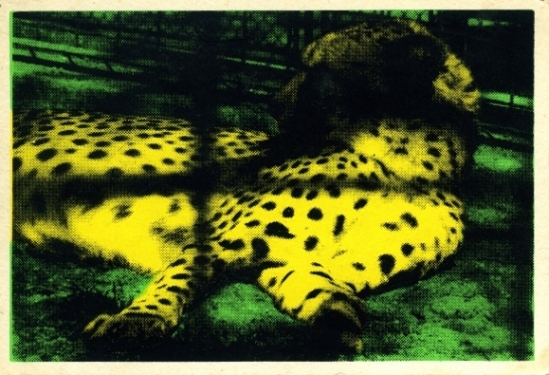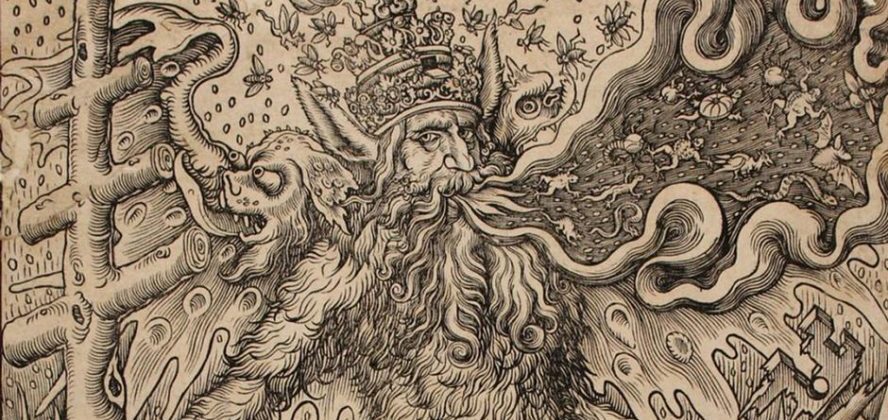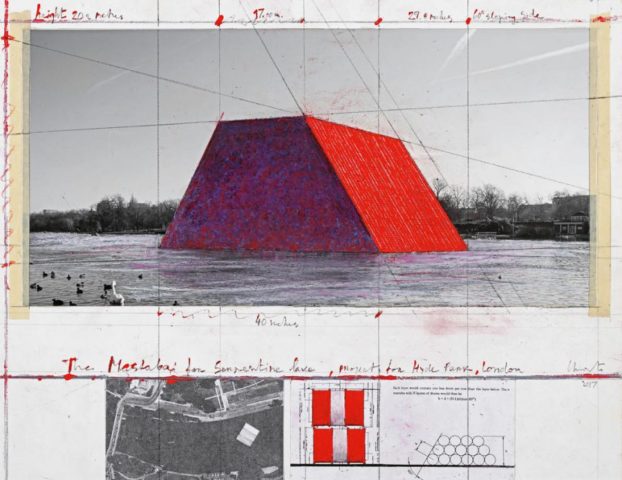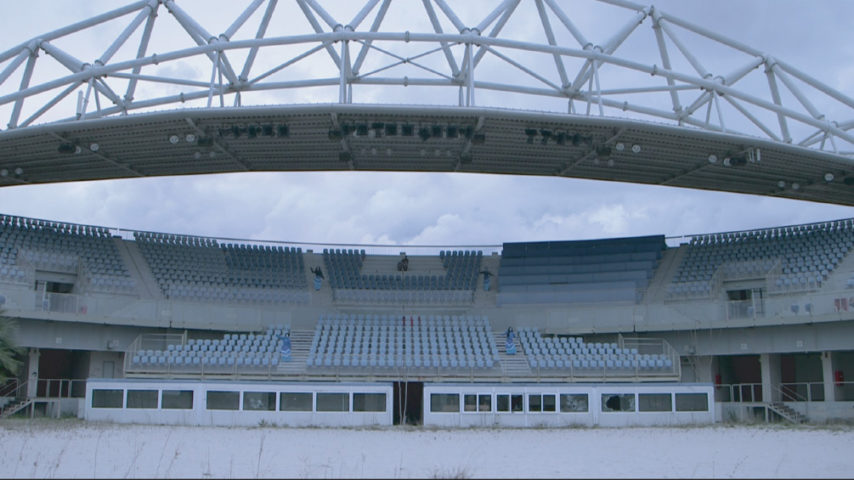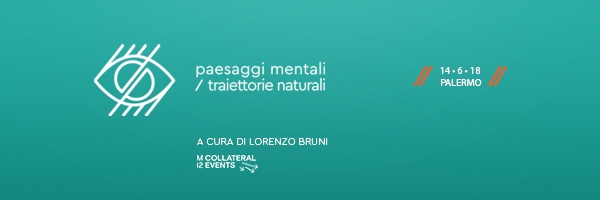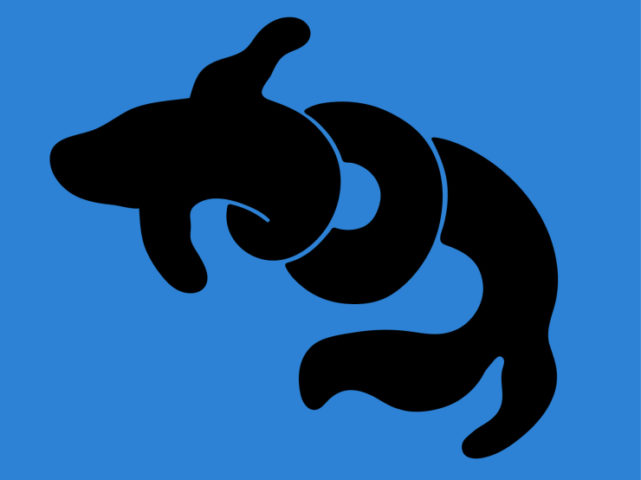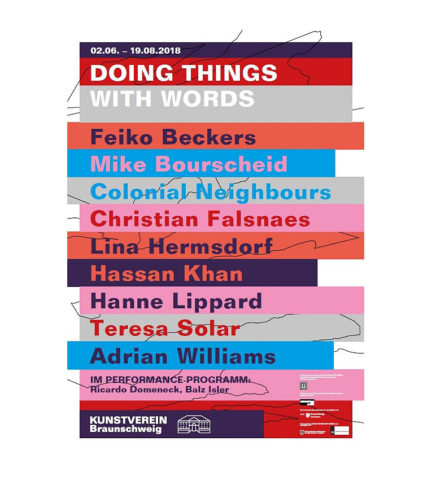Centro Internacional das Artes José de Guimarães (CIAJG), Guimarães, Portugal
29.6 -7.10.2018
Leopard in a Cage (leopardo numa jaula) propõe, do ponto de vista curatorial, o desafio de recuperar um conjunto de projetos que nunca antes haviam sido mostrados ou mesmo realizados, que são apresentados em diálogo com trabalhos novos, especificamente concebidos e produzidos para esta exposição.
O título da exposição cita um projeto de 1975, “Um Leopardo na SNBA”, que visto a esta distância temporal, condensa muitos dos traços distintivos da obra do artista. O projeto, que nunca viria a realizar-se, e que é agora apresentado enquanto tal, estabelece, simultaneamente, o tema animal, referencial nestes e nos anos seguintes do trabalho de Julião Sarmento, o tema do desejo, uma estética do rigor e da contenção, um trabalho com as coordenadas invisíveis do tempo e do espaço, o campo de interpretação deixada ao espetador.
Talvez aquilo que sobressaia da imensa diversidade de projetos e de meios nesta exposição seja a forma como o artista parece reclamar para o processo criativo uma liberdade radical e inalienável, uma insaciável curiosidade por tudo aquilo que o rodeia, apropriando-se de objetos de uso comum (um simples, efémero e pequeno bilhete de elétrico que é transposto, em aumento de escala, para tapeçaria), citando obras de outros artistas (Carl Andre) ou criando dois conjuntos de pinturas aparentemente monocromáticas, respetivamente com todos os tons de brancos e pretos encontrados no atelier.
A exposição é assim um desconcertante palimpsesto em que tudo parece ser dito duas vezes, em modo de repetição, mas em que nada é exatamente o mesmo, em que nada é igual. Neste regime de alteridade, cabe ao espetador a aliciante tarefa de nomear (distinguir) aquilo que vê ou de imaginar (construir) aquilo que ouve, ampliando, através da experiência estética, a perceção ou o conhecimento do real.
